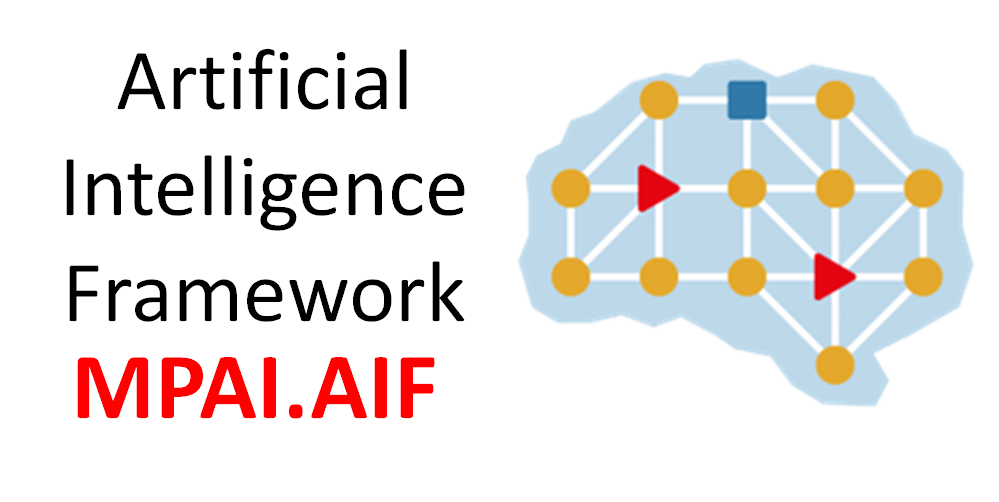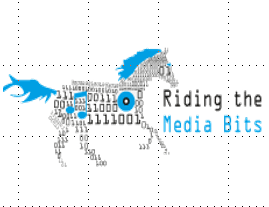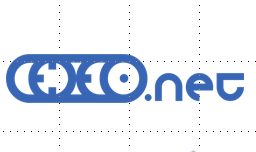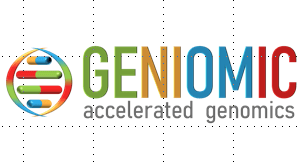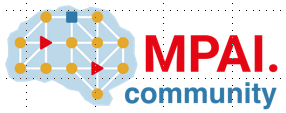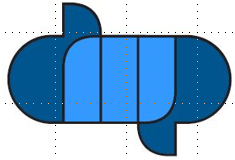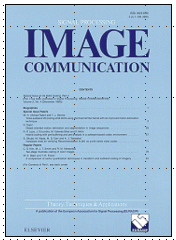Prompt Creation: Where Words Meet Context
The Prompt Creation module is the storyteller and translator in the Autonomous User’s “brain”, It takes raw sensory input – audio and visual spatial data of Context (as objects in a scene with their position, orientation and velocity) and the User State (rich description of the A‑User’s understanding of the “internal state” of the User) – and turns it into a well‑formed prompt that Basic Knowledge can actually understand and respond to. We have already presented the system diagram of…




